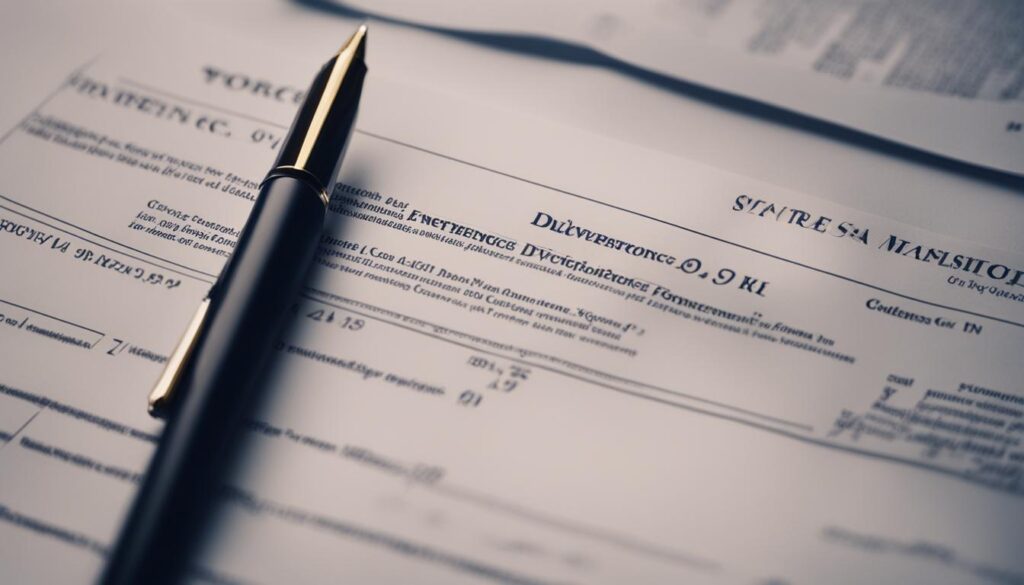Physical Address
304 North Cardinal St.
Dorchester Center, MA 02124
Physical Address
304 North Cardinal St.
Dorchester Center, MA 02124

Getting a divorce is hard to talk about with your spouse, as it may entail arguments and difficult conversations. But most divorce proceedings require participation from both parties.
Is consulting your spouse really mandatory in a divorce? Are there any alternative processes?

What if your spouse is not around? For instance, what if they are imprisoned or abroad and you learn that they have broken the vows of your marriage?
Can you get a divorce without your spouse’s signature? In this article you’ll learn if it’s possible and, if so, how to go about it.
Yes, you can still get a divorce without your spouse’s signature. However, it is not an easy process, and the reason for that is that most judges try to prevent one-sided divorce proceedings.
If you wish to divorce without the permission of your spouse, a no-fault divorce may be the easiest alternative. That is because, in a no-fault divorce, neither of you is named as the one that initiated the dissolution of your marriage.
A no-fault divorce occurs when the spouse applying for divorce does not have to prove the other spouse’s culpability or fault. While all states recognize no-fault divorce, only 19 states are “true” no-fault divorce states as of 2021.
Now, onto the process of getting a divorce without your spouse signing the papers.
First, file a Petition for Dissolution of Marriage with the courts (or have your divorce attorney take care of it). This can be accomplished without the signature of your spouse.
When you submit the initial divorce petition (sometimes referred to as a complaint), you must normally arrange for the petition and other documentation to be served to your spouse via a process called “service of process.” However, if you are unable to locate your spouse, you may petition the court for permission to utilize another way of notifying them of your divorce filing.
Usually, you’ll need to demonstrate that you’ve made genuine attempts to locate and serve your spouse. Each court has its own understanding of what is considered sufficient effort before allowing you to pursue an alternate means of service.
Generally, you must show that you’ve attempted to serve your spouse at their last known place of employment, residence, or any other address where your spouse might be located.
Alternatively, you may be required to prove that you have taken steps to ascertain whether your spouse is incarcerated or living with family members.
If you can demonstrate that you have attempted to serve your spouse at least three times before requesting alternate service, the judge is more likely to consider your efforts sufficient and allow your motion.
After you’ve completed the processes necessary to serve your spouse, regardless of whether it is through traditional service, publication, or another way, your spouse has a specified amount of time (typically up to 28 days but it varies in every state) to respond. If your spouse does not respond after you have followed your court’s procedures for serving the paperwork, you may request a “default” divorce.
If you locate and serve your spouse, but they refuse to sign or respond, the next steps are determined by your state’s laws. The majority of states will allow you to request a default divorce.
Other states, however, may allow the divorce to proceed and issue you a court appearance date. If your spouse fails to appear, the judge will almost certainly accept your divorce petition as uncontested.